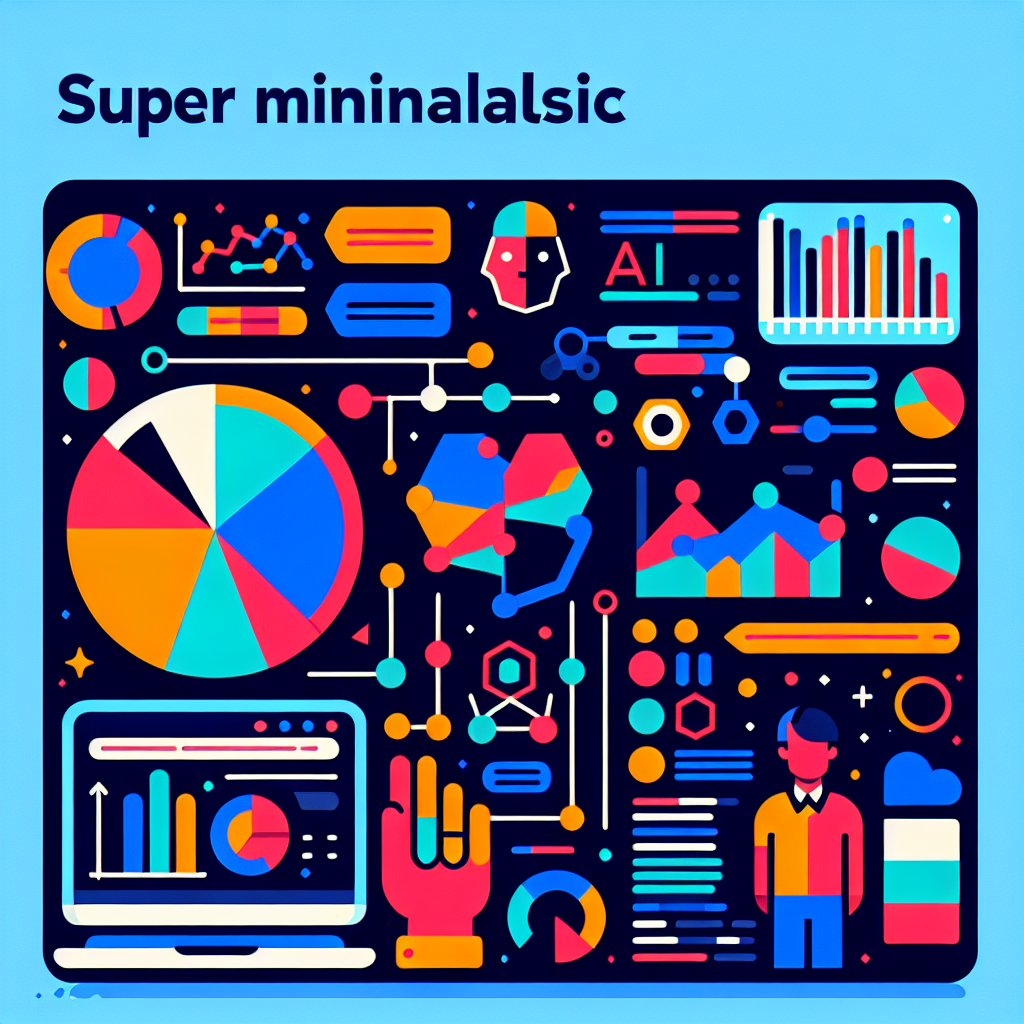Why AI-powered modular content matters for WordPress
Every site reaches a point where pages say the same thing in different places — product features, FAQs, pricing blurbs, or author bios. Repeating that content manually wastes time and creates SEO risk. The solution is modular content: discrete, reusable blocks that can be dropped into pages, reused, and updated centrally. Add AI and those blocks become adaptive: localised, variant-rich and optimised for search intent without ballooning your content calendar.
What is AI-driven modular content?
AI-driven modular content combines reusable WordPress blocks (Gutenberg patterns, Elementor templates, or ACF components) with AI tools that generate, adapt and maintain those blocks at scale. Instead of copying the same paragraph across 50 pages, you store one block and use AI to create variations — different headlines, meta descriptions, alt text, or locality-specific copy — on demand.
Benefits for performance, UX and SEO
- Speed: Create dozens of variants in minutes, not days.
- Consistency: Brand voice and tone stay uniform across blocks.
- SEO gains: Unique, intent-matched copy reduces duplicate content and improves rankings.
- Localisation: Produce culturally aware variants for different regions quickly.
- Accessibility: Auto-generate accurate alt text and captions to improve inclusivity and image SEO.
A practical 6-step workflow to implement modular content with AI
- Inventory and map: Audit your site for repeatable elements — hero copy, features, FAQs, author bios, product specs. Tag each element by intent and audience.
- Design the block: Build a canonical block in Gutenberg or Elementor. Expose fields for variable bits: headline, body, CTA, image, alt text, schema snippets.
- Create canonical content: Write a high-quality master version for each block. This becomes the single source of truth you can update via a central pattern or template.
- Bring in AI for variants: Use a controlled AI pipeline to produce variants: localisation, length-limited microcopy for cards, SEO-friendly meta descriptions, and multiple CTA options. Store these as named variations attached to the block.
- Automate insertion and A/B testing: Use server-side rules or client-side scripts to swap block variants based on audience signals (URL, geolocation, user behaviour). Run lightweight A/B tests and measure KPI lift with analytics.
- Maintain and governance: Schedule periodic audits where AI reviews blocks for accuracy, freshness and SEO compliance. Keep a human-in-the-loop for approvals and to prevent drift.
Implementation notes and technical considerations
These are practical points teams often overlook.
- Performance: Avoid generating content on every page load. Use server-side rendering, caching and pre-generation for common variants. Edge caching and static rendering are your friends for high-traffic sites.
- Tooling: Gutenberg patterns and reusable blocks are native and lightweight. If you use Elementor, leverage templates and global widgets. For complex sites, consider headless patterns with an API-backed component library.
- SEO & structured data: Ensure generated variants include schema where appropriate (Product, FAQ, Organisation). AI can help generate JSON-LD snippets, but always validate and test with tools like Google’s Rich Results test.
- Safety & governance: Use guardrails — prompt constraints, review queues and a small ontology of brand terms to avoid factual errors or off-brand language.
- Tracking: Tag variants in analytics so you can attribute ranking or conversion differences to specific block versions. This ties modular content work back to measurable outcomes.
Example use-cases that move the needle
- Product pages: One feature block, dozens of variants tuned for verticals (education, healthcare, retail) and different buyer intents.
- Landing pages: Swap headlines and CTAs based on traffic source without creating duplicated URLs.
- Local pages: Localise contact details, trust signals and short descriptions per town or region with minimal manual work.
- Support & FAQ: Keep canonical answers centrally and generate tailored versions for beginners or technical audiences.
Quick checklist before you start
- Audit repeatable content and pick 3 blocks to pilot.
- Build a single canonical block and make it editable via the block editor or page builder.
- Define the variant types you need: SEO meta, short headline, long description, alt text.
- Connect an AI pipeline with versioning and a review step.
- Plan caching and monitoring so the site stays fast and predictable.
Where TooHumble can help
If you want a pragmatic build and governance plan, our team blends WordPress engineering with AI automation. We help design reusable blocks, wire AI safely into workflows and measure SEO impact. Read more about our web development capabilities or explore our AI services for workflows and governance. If SEO is the goal, we pair block strategies with focused optimisation — see our SEO approach for details.
Modular content isn’t a shiny experiment — it’s a pragmatic way to scale quality, reduce risk, and get measurable SEO gains. Start small, govern tightly, and scale what works.






